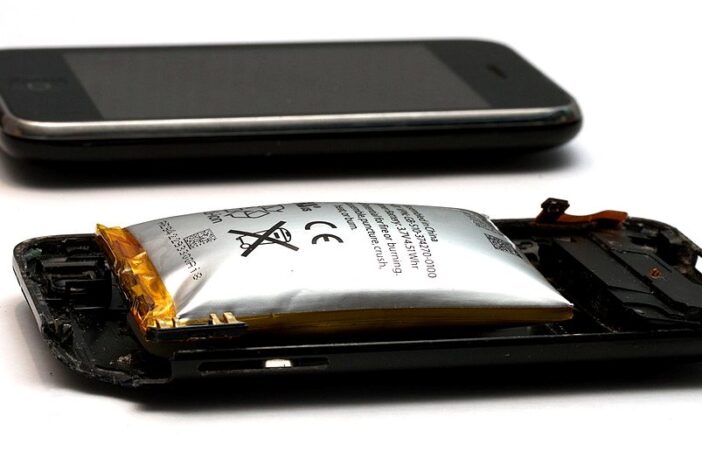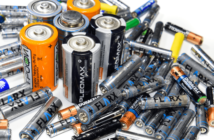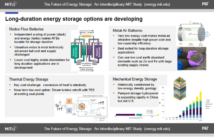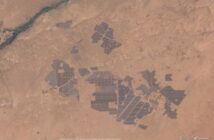China’s BYD electric vehicle maker is in a tight race with Tesla to have higher production volumes. But it could soon hold a firm lead, as Asia’s demand grows faster than North America’s. Website Teslerati confirms a sudden drop in pouch cell demand, as BYD shifts production to prismatic. Why is it doing so. Are prismatic battery cells better?
Let’s Compare the Two Battery Technologies First
PRISMATIC CELLS protect their chemistry, and materials inside stout casings. The first prismatic batteries were glass jars, although lead-acid batteries soon took the lead. There are two main types of prismatic cells in the lithium-ion industry, according to Laserax website:
- Those with stacked anodes, cathodes and electrolytes providing elevated performance.
- Those with rolled and flattened anodes, cathodes and electrolytes for greater durability.
Rectangular prismatic cells are ideal in bulk storage applications, because the rigid casings allow them to stack, with little wasted space. However, they do need to be purpose-made to fit into tight corners.
POUCH CELLS are in flexible containers something like bags. They are a simple solution that ‘flows’ into similar size shapes. This design reduces their weight, although they cannot function without external support. There are no standard sizes though. Every application must be purpose-made.
There are several disadvantages, according to Battery University, that may be behind BYD’s falling pouch cell demand:
- The flexible pouch cell casing can expand, if a faulty battery overheats during overcharging.
- The resulting pressure can burst the pouch cell case open, and spill the contents into the device,
- Escaping gases may catch fire if this incident happens in close proximity to high heat or flame.
Why BYD Says It Is Reducing Pouch Cell Demand
China’s electric vehicle maker BYD is pulling out of pouch cells, due to ‘potential durability issues and risk of leaks’ according to Reuters. The Asian electric vehicle giant is currently converting its two plants at its Shaanxi and Zhejiang sites to build prismatic cells.
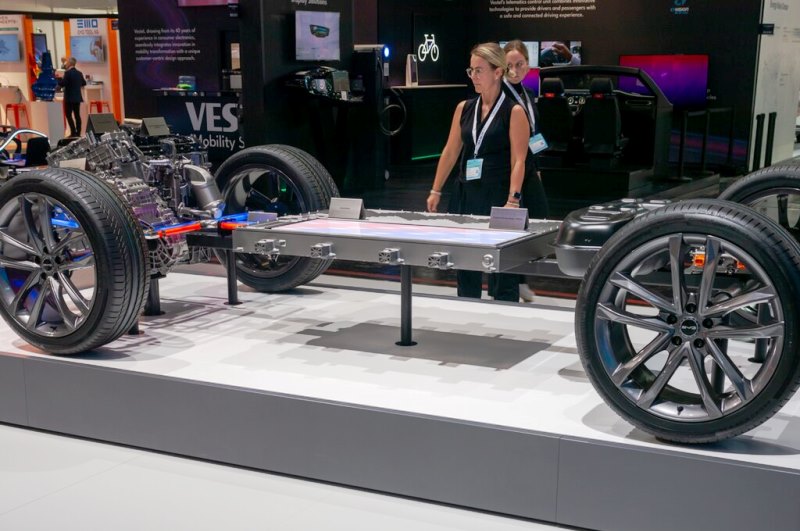
However, the third BYD factory at Qinghai may continue making pouch cells to minimize disruption to hybrid vehicle production. By 2025, though, the company should have fully converted across to its blade battery design. We are unaware of any reports in the media concerning BYD pouch cell leaks.
More Information
Blade Batteries and Their Unique EV Design

